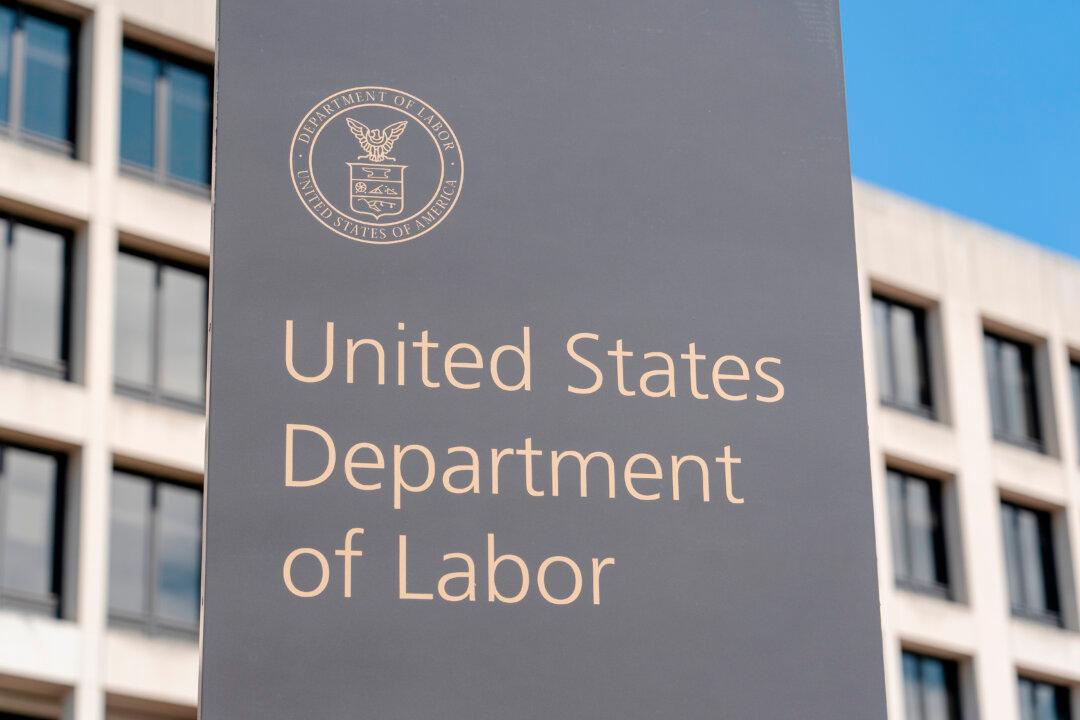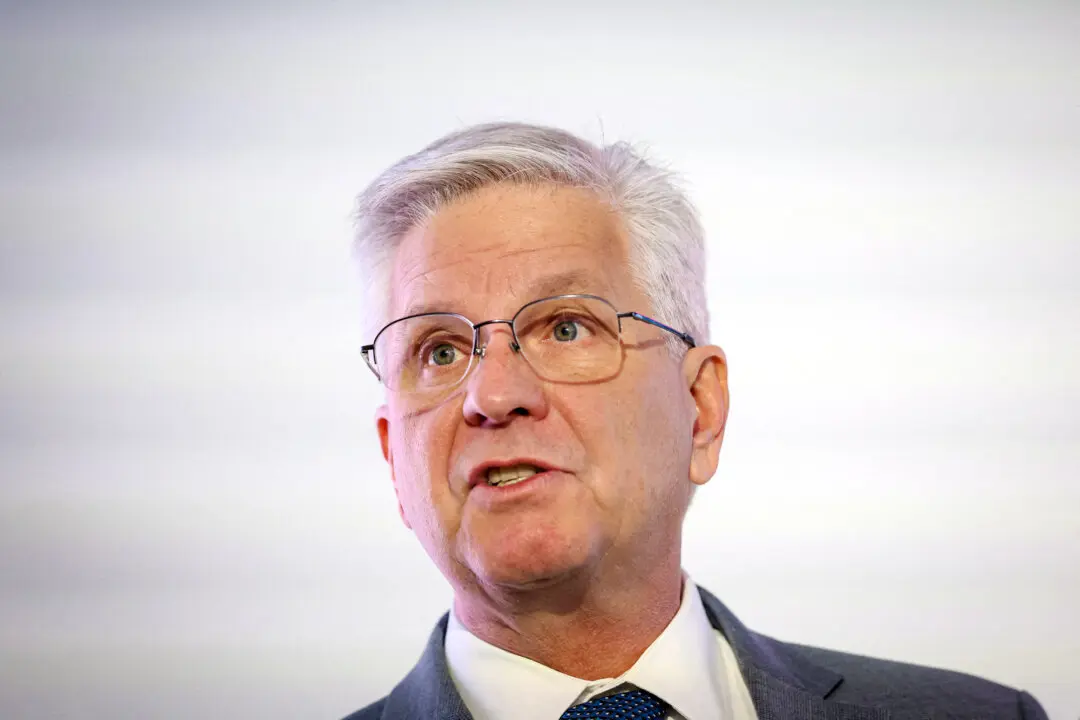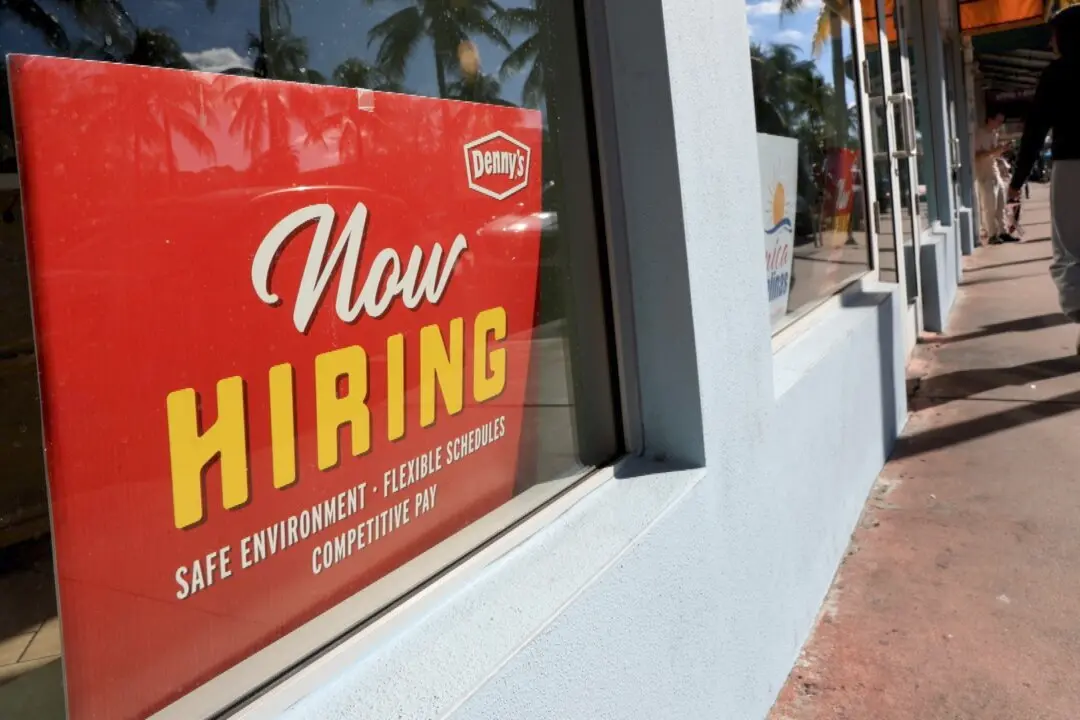The number of available jobs in the U.S. labor market is shrinking, and fewer workers are quitting their positions, new data from the Bureau of Labor Statistics (BLS) show.
According to the federal agency’s monthly Job Openings and Labor Turnover Summary (JOLTS) report, job openings fell by 46,000, to 8.184 million, in June. This was also down by 941,000 from the same time a year ago and came in slightly higher than the consensus estimate of 8 million.





